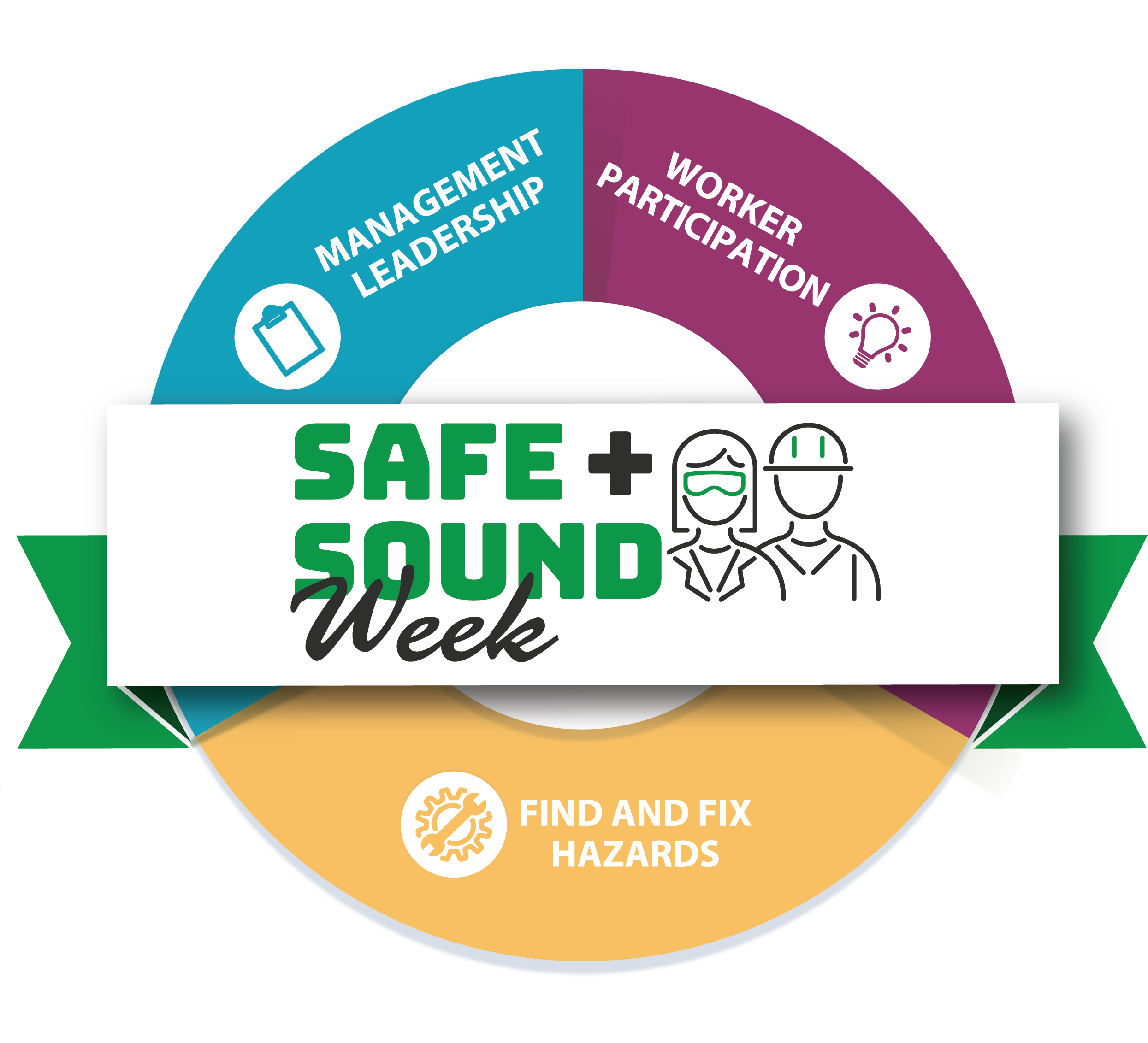Safe + Sound Week is a nationwide event held each August that recognizes the successes of workplace health and safety programs and offers information and ideas on how to keep workers safe. One of Elliott’s core values is Safety. We know it is essential with the solutions we provide.
In recognition of Safe + Sound Week, here are some OSHA-approved facts and tips on the topics of Fall Prevention, PPE, and Heat.
Fall Prevention
Falls are the leading cause of death in construction. Together we can prevent falls if we:
PLAN ahead to get the job done safely. When working from heights, employers must plan projects to ensure that the job is done safely. Begin by deciding how the job will be done, what tasks will be involved, and what safety equipment may be needed to complete each task.
PROVIDE the right equipment. Workers who are six feet or more above lower levels are at risk for serious injury or death if they should fall.To protect these workers, employers must provide fall protection and the right equipment for the job, including the right kinds of ladders, scaffolds, and safety gear.
TRAIN everyone to use the equipment safely. Every worker should be trained on proper set-up and safe use of equipment they use on the job. Employers must train workers in recognizing hazards on the job.
Personal Protective Equipment (“PPE”)
“PPE” is equipment worn to minimize exposure to hazards that cause serious workplace injuries and illnesses. PPE may include items such as gloves, safety glasses and shoes, earplugs or muffs, hard hats, respirators, or coveralls, vests and full body suits.
PPE is addressed in specific OSHA standards for general industry, maritime, and construction. Learn more.
Heat
Every year, dozens of workers die and thousands more become ill while working in extreme heat or humid conditions. There are a range of heat illnesses and they can affect anyone, regardless of age or physical condition.
Heat Illness Prevention comes down to three key words: Water, Rest, and Shade. We covered each in our last blog post. Learn more!
For more tips, resources, and literature, visit https://www.osha.gov/safeandsoundweek.

